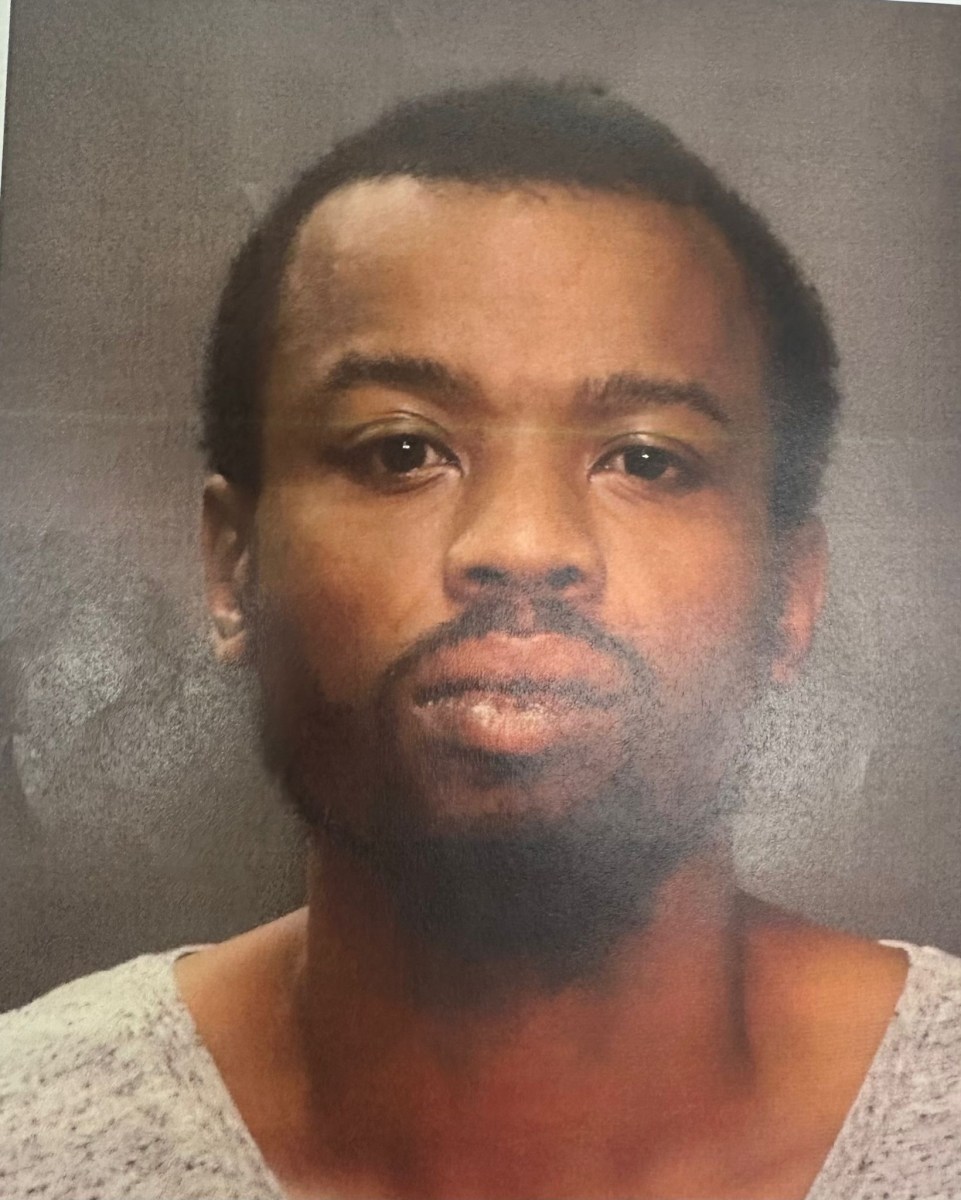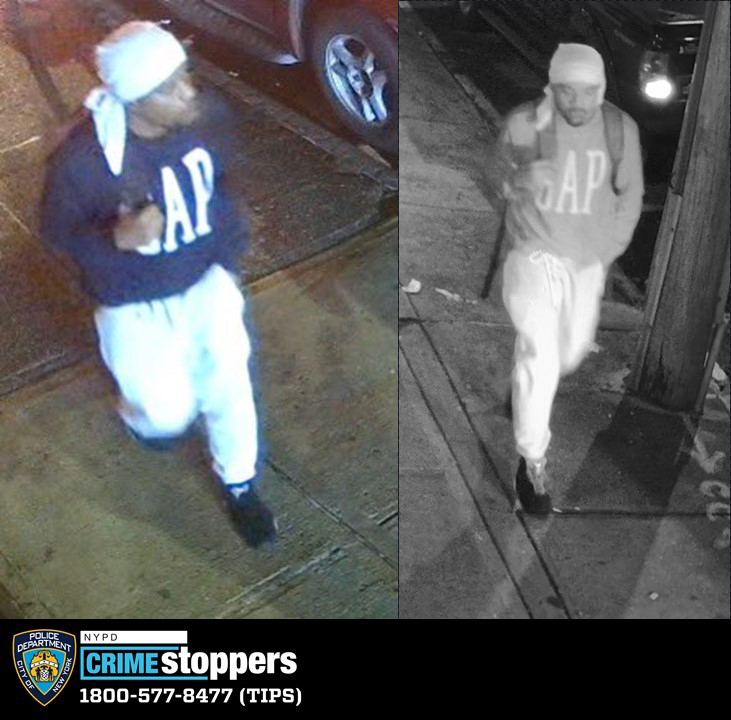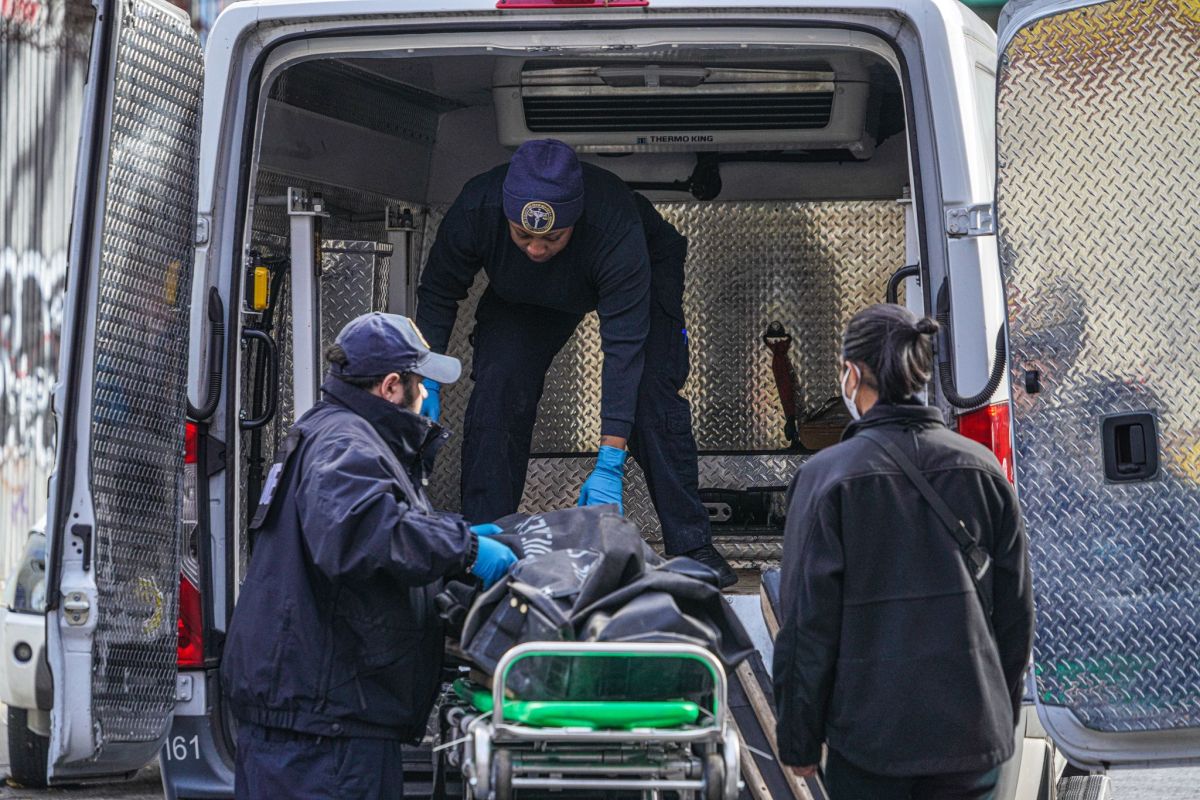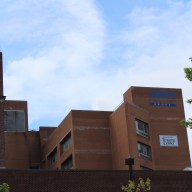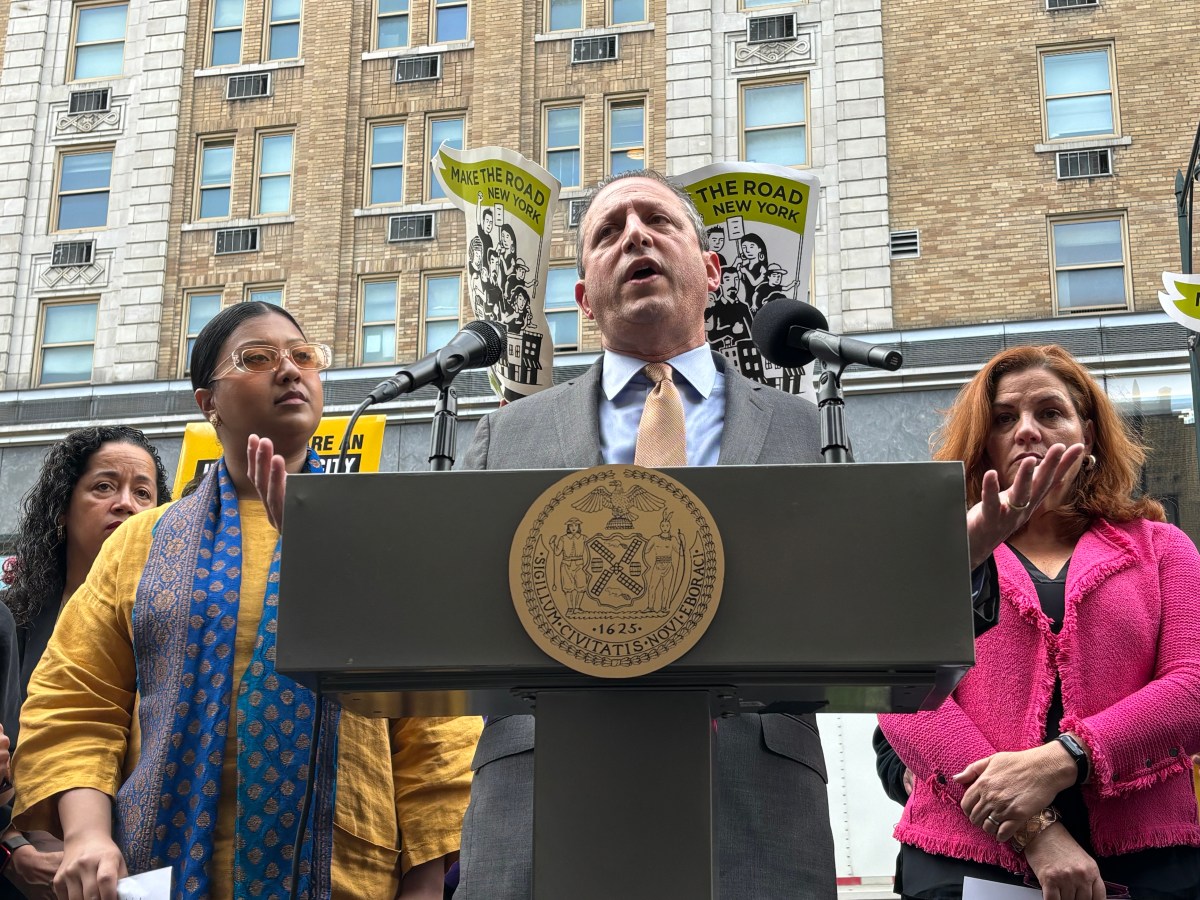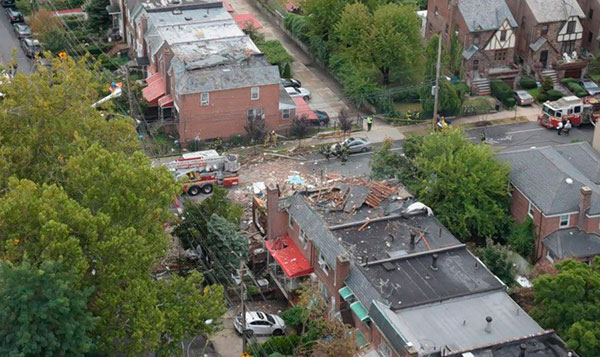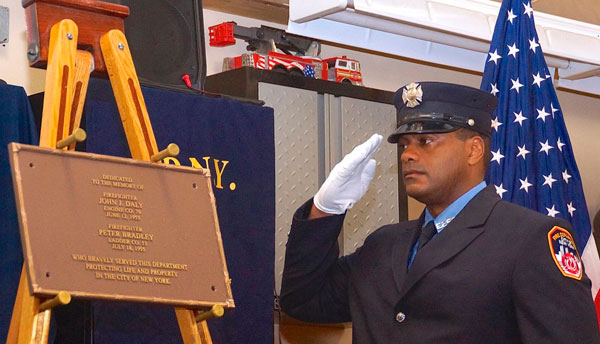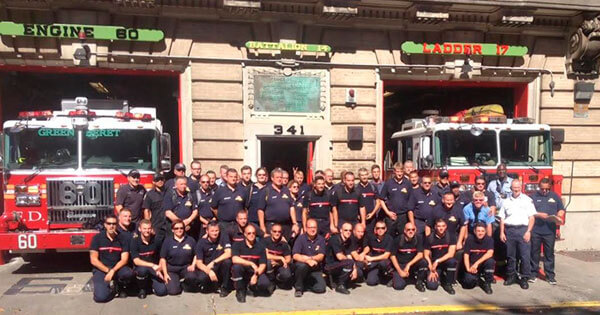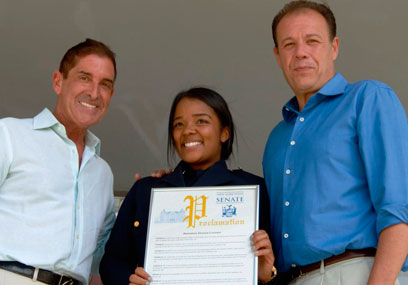The FDNY is touting its new ‘Fly Car’ pilot EMS program that is geared toward providing faster and more efficient emergency medical service to the residents throughout the city.
The program, which began on June 20, has been the the topic of recent discussion in Co-op City.
According to the FDNY, fly cars are driven by paramedics who respond to life threatening injuries.
Dr. Alvin Ponder, a Co-op City resident and Community Board 10 member, has claimed the fly car system could be problematic because its not specifically tasked with taking a sick person to the hospital.
The recent loss of the Advanced Cardiac Life Support ambulance, nicknamed by firemen ‘15-Willy’, from its Co-op City berth to another part of the Bronx, has created an even larger hole in EMS’ ability to respond to a local emergency, Ponder pointed out,
Ponder fears that a fly car responding to a cardiac arrest may not be able to get the patient to the hospital in time.
“Sudden cardiac death is the number one killer in the U.S. causing about 325,000 adult deaths in the United States each year,” said Ponder.
He also said, citing the American Heart Association, there is a “a golden period of less than 6 to 8 minutes wherein intervention with an electrical shock or defibrillator can lead to a successful outcome.”
Frank Dwyer, a spokesperson for the FDNY, said the fly cars are designed to free up ambulances and provide more help to more people.
In addition Dwyer says the fly cars are only driven by the most qualified paramedics and are reserved for life threatening situations.
He also explained that this new strategy is not tasked with going to the hospital because it is meant to be available at a moment’s notice to respond to a life threatening emergency.
The spokesperson gave the example that when someone calls 911, the fly car will be able to respond quicker than the other emergency vehicles.
Ambulances will still respond to the scene, along with police cars and fire trucks, and be able to transport the patient to the hospital if further medical care is necessary.
The fly car, which will not go to the hospital, will be available to address the next life-threatening situation.
Dwyer also noted, that if necessary, fly cars can also take patients to the hospital.
An additional 50 ambulance tours have been added to the city wide EMT network by using this new tool he said.
Dwyer also said the FDNY has “absolutely increased our resources throughout the Bronx to medical emergencies two years in a row.”


